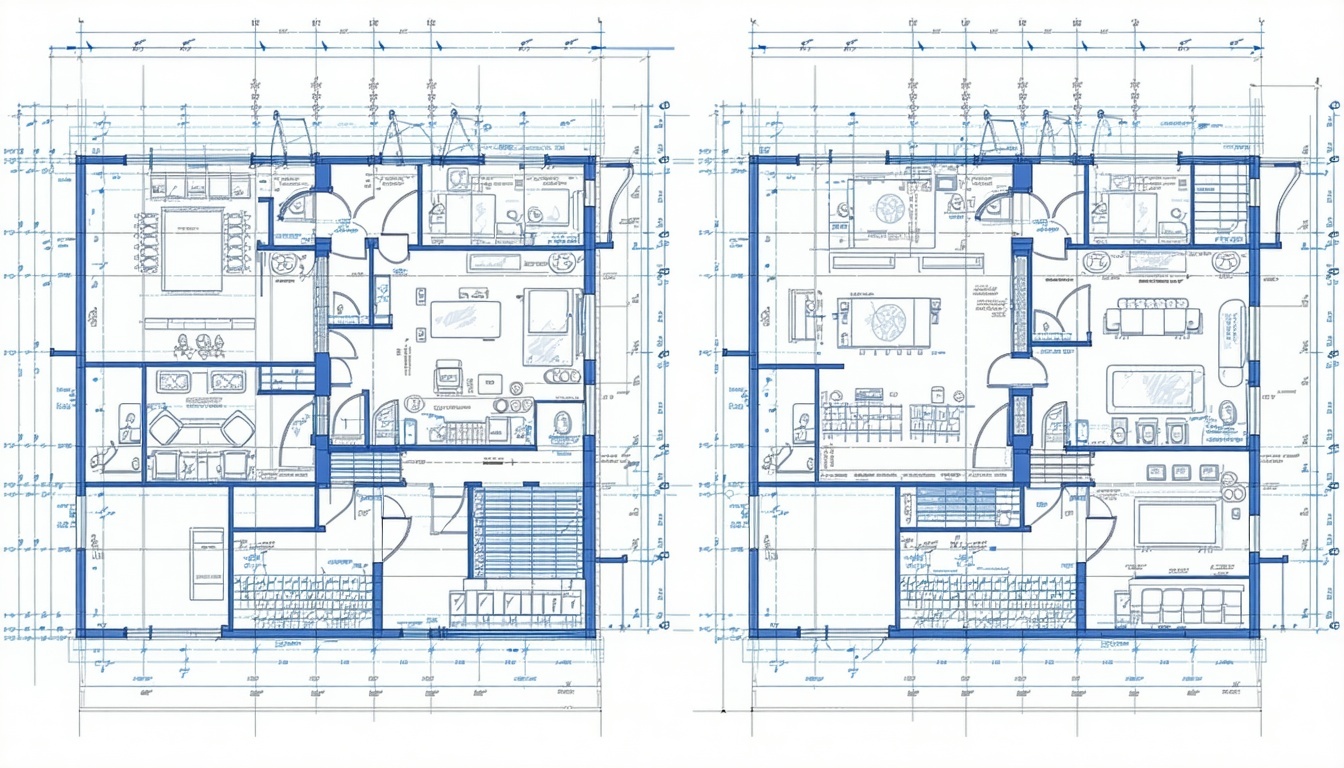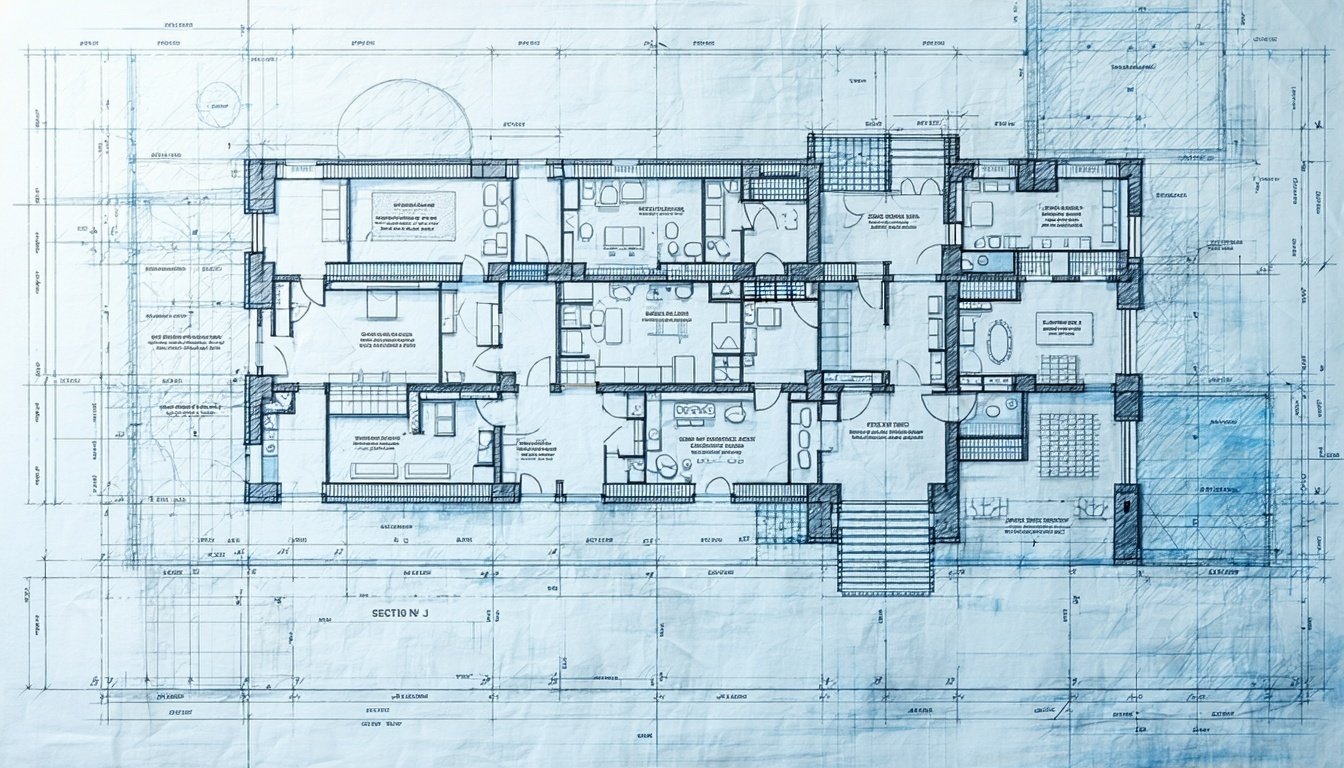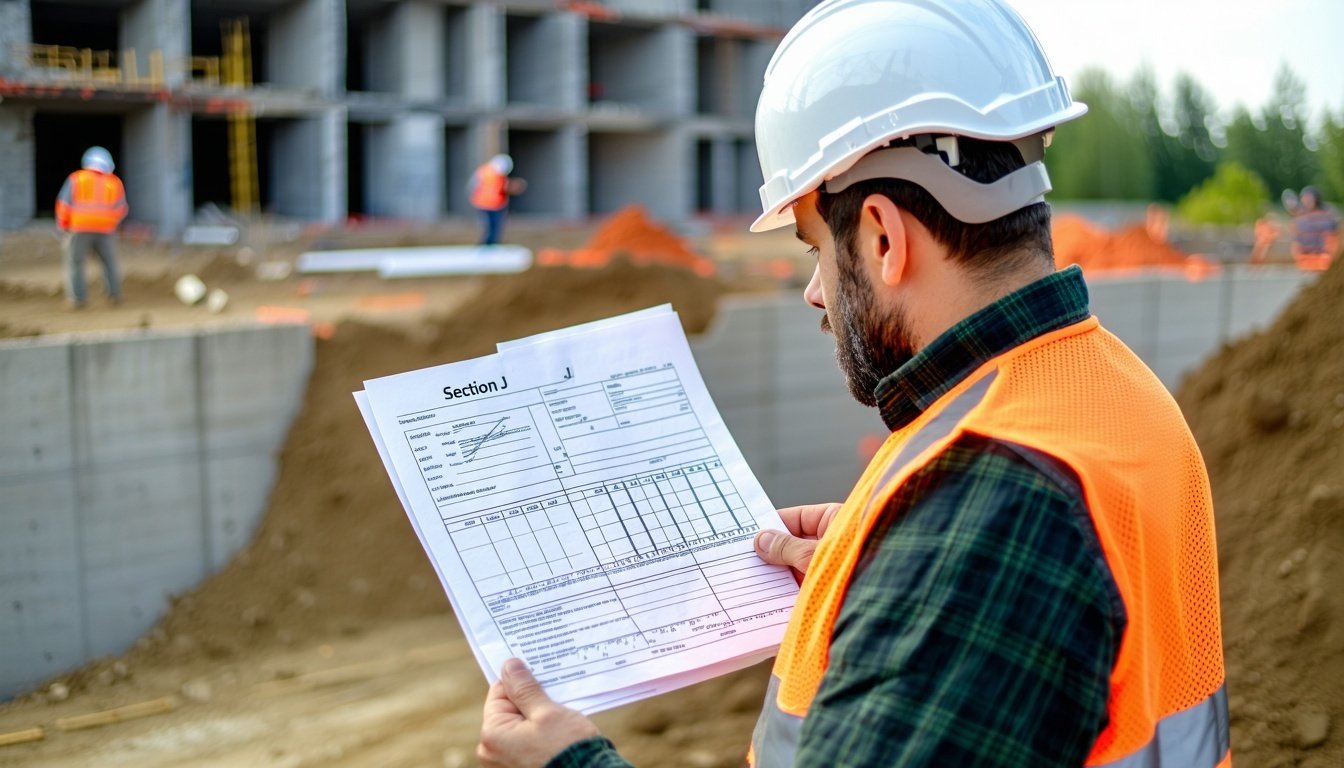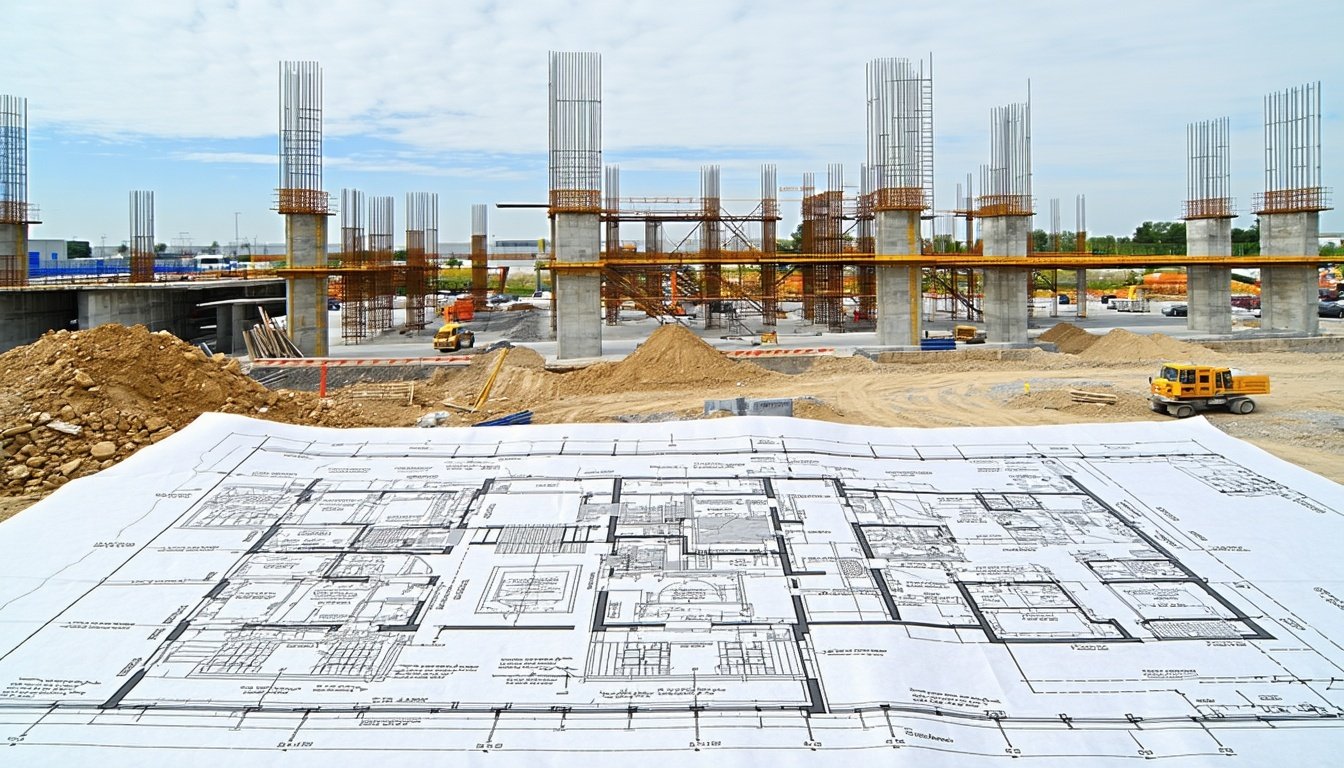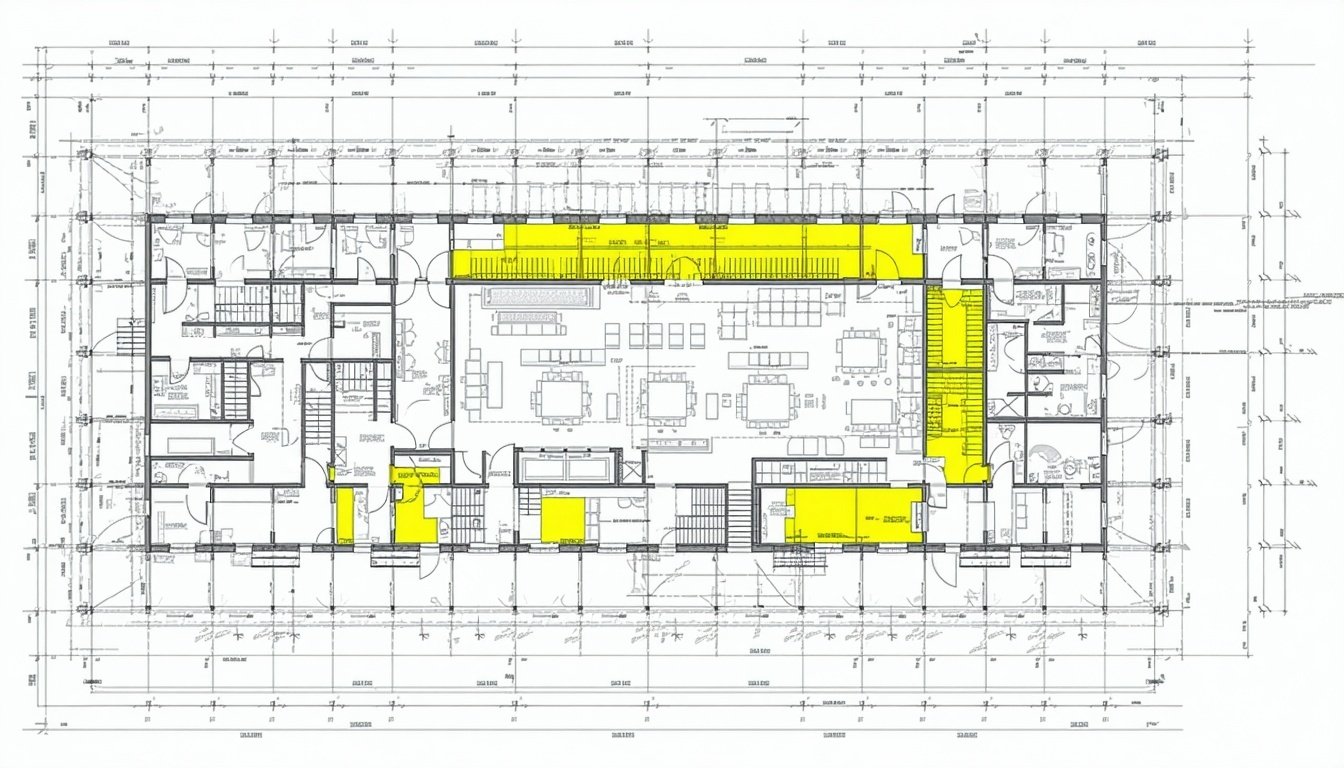Discover the most common pitfalls in Section J reports and how to sidestep them to guarantee your construction project meets compliance standards without a hitch.
1 min read
Top 7 Mistakes in Section J Reports and How to Avoid Them
By Jamie Bonnefin on Sep 16, 2025 3:03:58 PM
Topics: Section J
1 min read
How to Prepare a Section J Report for NCC Compliance
By Jamie Bonnefin on Sep 16, 2025 2:31:23 PM
Master the art of preparing a Section J report to ensure your construction project meets the National Construction Code (NCC) compliance standards effortlessly.
Topics: Section J
1 min read
Meeting Section J Compliance: Building Fabric and Glazing Tips
By Jamie Bonnefin on Sep 16, 2025 1:57:04 PM
Navigating the complexities of Section J compliance can be challenging. Discover essential tips for building fabric, glazing and sealing to ensure your project meets the National Construction Code standards without a hitch.
Topics: Section J
2 min read
Compare The Deemed‑to‑Satisfy And JV3 Methods For Achieving Section J Compliance
By Jamie Bonnefin on Sep 16, 2025 1:42:18 PM
Discover the best path to Section J compliance for your construction project by comparing the Deemed‑to‑Satisfy and JV3 methods. Learn which approach aligns with your building design, budget and local council requirements.
Topics: Section J
2 min read
What is a Section J Report and Why You Need One
By Jamie Bonnefin on Sep 16, 2025 1:28:20 PM
Understanding the importance of a Section J report is crucial for ensuring energy efficiency and regulatory compliance in construction projects.
Topics: Section J
3 min read
What Builders Need To Know About Section J And Upcoming NCC 2025 Changes
By Jamie Bonnefin on Aug 18, 2025 1:03:39 PM
Stay ahead of the curve with insights into Section J requirements and the forthcoming updates in NCC 2025 and learn how these changes will reshape the construction landscape in Australia.
Topics: Section J
2 min read
Managing Section J Report Costs Without Sacrificing Quality
By Jamie Bonnefin on Aug 18, 2025 12:52:16 PM
Balancing compliance and budget can be a challenge in construction, but efficient strategies can help you manage Section J report costs without compromising quality.
Topics: Section J
2 min read
5 Mistakes That Cause Section J Compliance To Fail And How You Can Avoid Them
By Jamie Bonnefin on Aug 18, 2025 12:37:09 PM
Ensuring Section J compliance for commercial projects under NCC 2022 can save you time and money. Learn about common mistakes and how to avoid them to ensure your project's success.
Topics: Section J
2 min read
Do I Need A JV3 Instead Of Section J?
By Jamie Bonnefin on Aug 12, 2025 5:02:22 PM
Understanding the right compliance pathway for your construction project can save you time and money. Discover when Section J is the optimal choice over a JV3 assessment.
Topics: Section J
2 min read
Section J Compliance Checklist: What Builders and Designers Must Include in 2025
By Jamie Bonnefin on Aug 12, 2025 4:41:31 PM
Navigating Section J compliance under the 2025 National Construction Code (NCC) can be daunting. This checklist simplifies what builders and designers need to include to meet requirements, avoid delays, and ensure project success in commercial or mixed-use developments.




